Which Component Streamlines The Development Of Network Automation Applications

Imagine a bustling control room, not of whirring machines and blinking lights, but of glowing screens displaying intricate network maps. Engineers, once burdened by repetitive manual configurations, now sip coffee as automated scripts orchestrate seamless updates across thousands of devices. The air is calm, the focus is sharp, and innovation blossoms where tedious tasks once choked progress.
At the heart of this network automation revolution lies a pivotal component: the Network Configuration Protocol (NETCONF), coupled with the Yet Another Next Generation (YANG) data modeling language. Together, they provide a standardized, programmatic, and model-driven approach that dramatically simplifies and accelerates the development of network automation applications.
The Dawn of Automation: A Necessity, Not a Luxury
The relentless growth of networks, driven by cloud computing, the Internet of Things (IoT), and ever-increasing bandwidth demands, has overwhelmed traditional manual management methods. Network engineers are drowning in repetitive tasks, error rates are rising, and the agility needed to respond to business needs is severely hampered.
This is where network automation steps in, promising to streamline operations, reduce human error, and free up engineers to focus on strategic initiatives. Automation isn't just about making things faster; it's about making them more reliable, predictable, and scalable.
Before NETCONF/YANG: A Patchwork of Proprietary Solutions
Prior to the widespread adoption of NETCONF/YANG, network automation was often a fragmented landscape of proprietary protocols and vendor-specific command-line interfaces (CLIs). Each device type required its own unique set of scripts and tools, creating a complex and difficult-to-maintain environment.
This "screen scraping" approach, relying on parsing text-based output from CLIs, was brittle, error-prone, and lacked standardization. Imagine trying to build a house with tools that only work on specific brands of bricks; the result would be a mess.
NETCONF/YANG: A Harmonized Approach
NETCONF, defined by the Internet Engineering Task Force (IETF), offers a standardized protocol for configuring and managing network devices. It uses XML-based data encoding for requests and responses, providing a structured and machine-readable format. This is a significant leap forward from the unstructured text of CLI outputs.
However, a protocol alone is not enough. You also need a common language to describe the network configuration. This is where YANG comes in.
YANG is a data modeling language used to define the configuration and operational data of network devices. It allows vendors to create standardized models for their devices, enabling consistent and predictable automation across different platforms. Think of it as a blueprint that everyone can understand.
How NETCONF/YANG Simplifies Development
The combination of NETCONF and YANG offers several key advantages that streamline network automation application development.
First, standardization. NETCONF provides a standardized protocol for interacting with network devices, while YANG provides a standardized way to describe their configuration. This eliminates the need for vendor-specific scripts and tools, simplifying development and reducing maintenance overhead.
Second, programmatic interface. NETCONF exposes a well-defined API that allows developers to interact with network devices programmatically. This makes it easier to build automated workflows and integrate network management into other systems.
Third, model-driven approach. YANG's data models define the structure and validation rules for network configurations. This ensures that configurations are consistent and correct, reducing the risk of errors and improving network stability.
Fourth, transactional capabilities. NETCONF supports transactional operations, allowing developers to make multiple configuration changes as a single atomic unit. If any change fails, the entire transaction is rolled back, ensuring that the network remains in a consistent state. This is critical for maintaining network integrity during automation.
Real-World Impact: Case Studies and Success Stories
The benefits of NETCONF/YANG are not just theoretical. Numerous organizations have successfully deployed these technologies to streamline their network operations. For example, a large telecommunications provider used NETCONF/YANG to automate the provisioning of new services, reducing the time from order to activation from weeks to hours.
Another example involves a global enterprise that used NETCONF/YANG to automate the configuration of their network security devices, improving their security posture and reducing the risk of breaches. These stories illustrate the tangible impact of standardized network automation.
"NETCONF/YANG has been a game-changer for us. We can now automate tasks that used to take hours or even days, freeing up our engineers to focus on more strategic projects." - A Network Architect at a Fortune 500 Company
The Future of Network Automation
NETCONF/YANG is not a static technology. The IETF continues to refine and extend these standards to meet the evolving needs of modern networks. New YANG models are constantly being developed to support emerging technologies like 5G, network slicing, and intent-based networking.
The rise of open-source network automation platforms, such as ONAP (Open Network Automation Platform), further accelerates the adoption of NETCONF/YANG. These platforms provide a common framework for developing and deploying network automation applications, lowering the barrier to entry for organizations of all sizes.
Looking ahead, we can expect to see even greater integration of NETCONF/YANG into network operating systems and management tools. The dream of a fully automated network, capable of self-configuring, self-healing, and self-optimizing, is within reach.
A Reflective Conclusion
The journey toward network automation is an ongoing process, but NETCONF/YANG provides a solid foundation for building robust and scalable solutions. By embracing standardization and programmatic access, organizations can unlock the full potential of their networks and achieve greater agility, efficiency, and innovation.
The shift from manual configuration to automated orchestration is not just a technological upgrade; it's a cultural transformation. It requires a willingness to adopt new tools, embrace new workflows, and empower engineers to focus on higher-value tasks. But the rewards are well worth the effort.
As the complexity of networks continues to grow, the need for automation will only become more critical. NETCONF/YANG, as a cornerstone of this transformation, empowers us to manage this complexity and build a more connected, reliable, and innovative future.

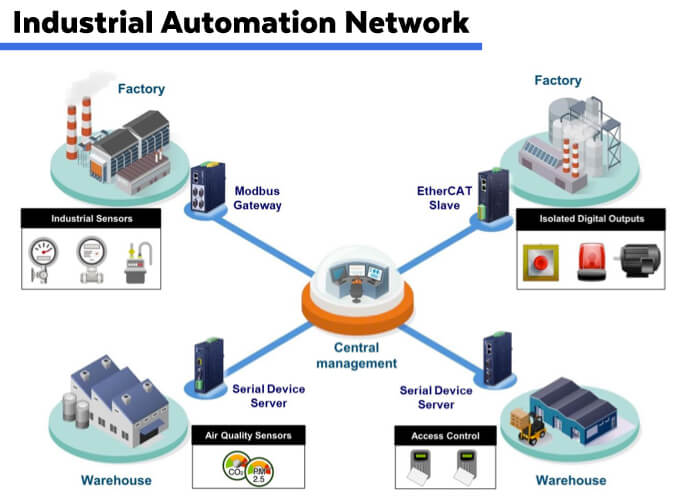
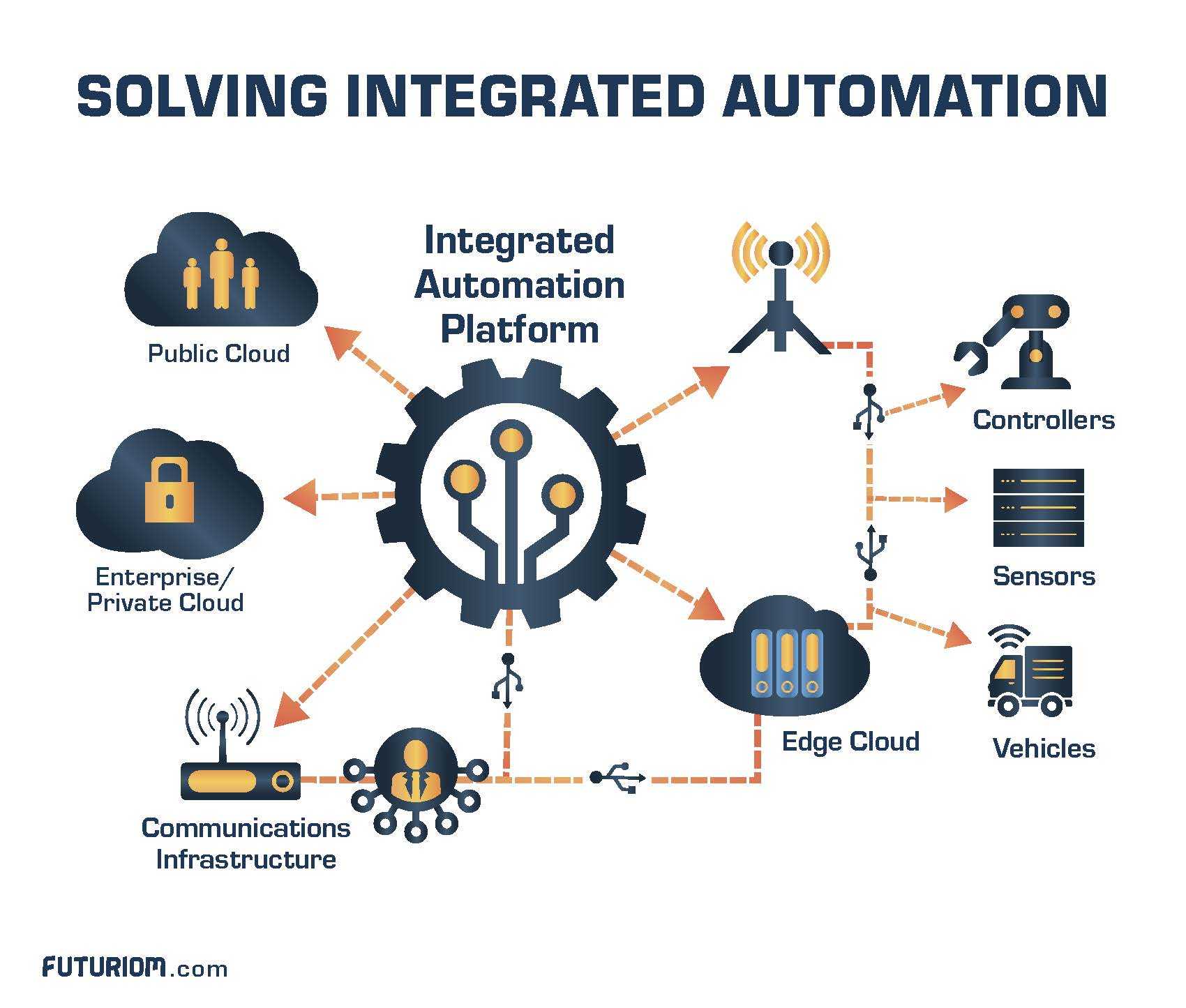

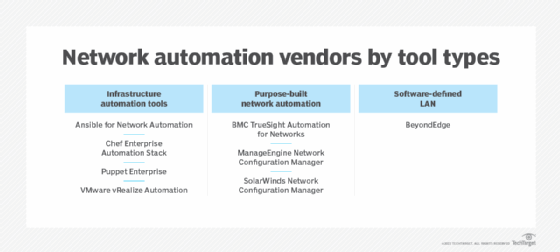
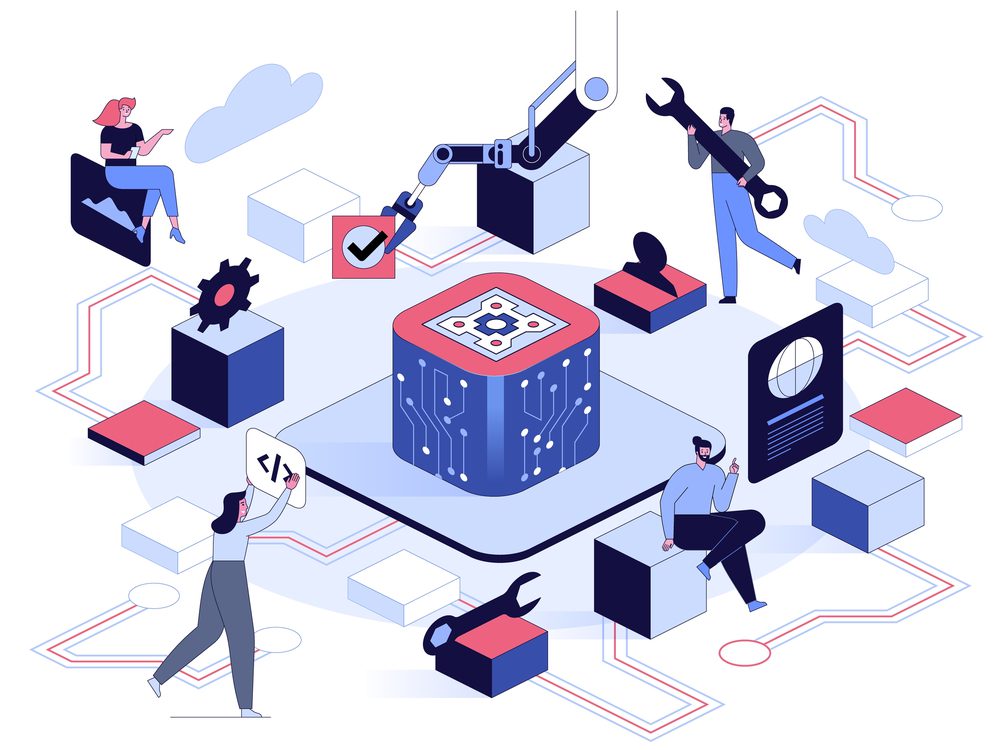
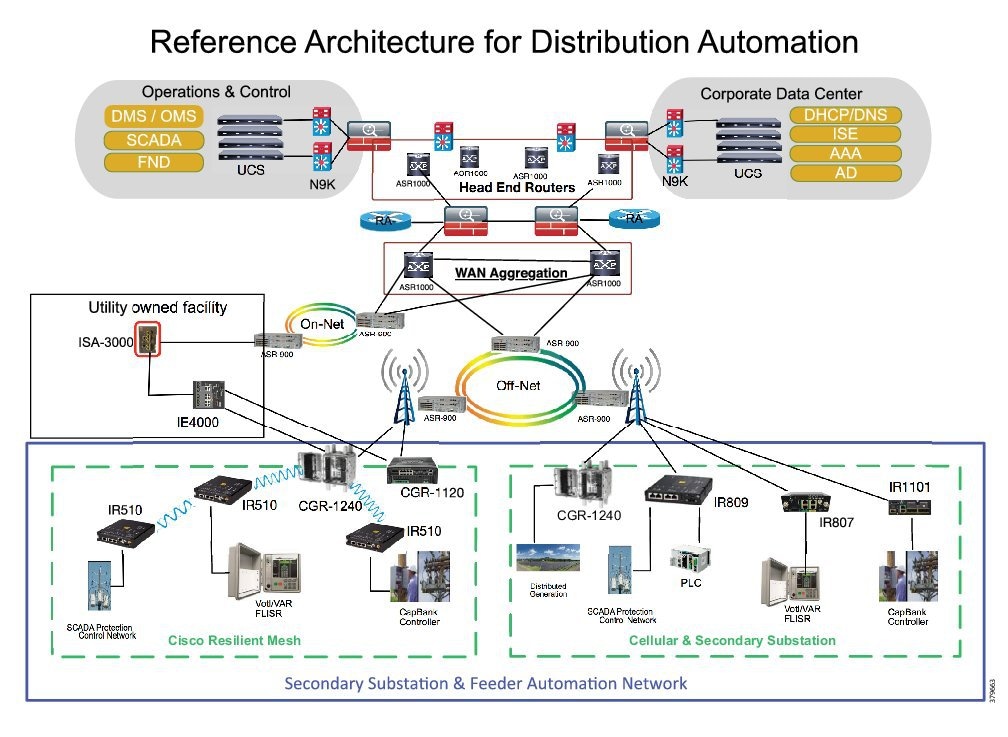
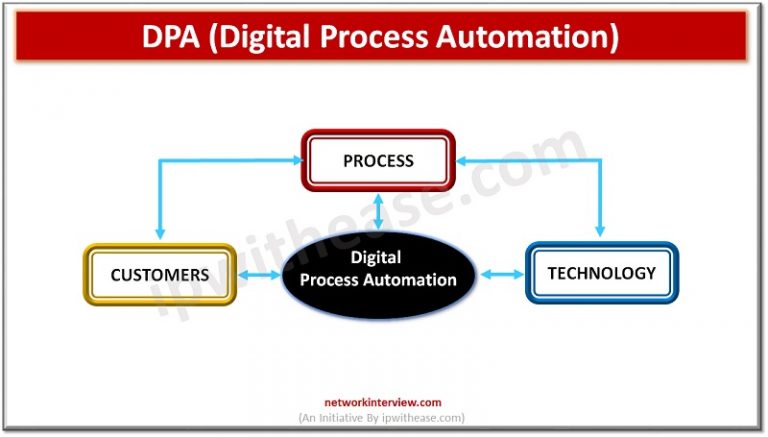
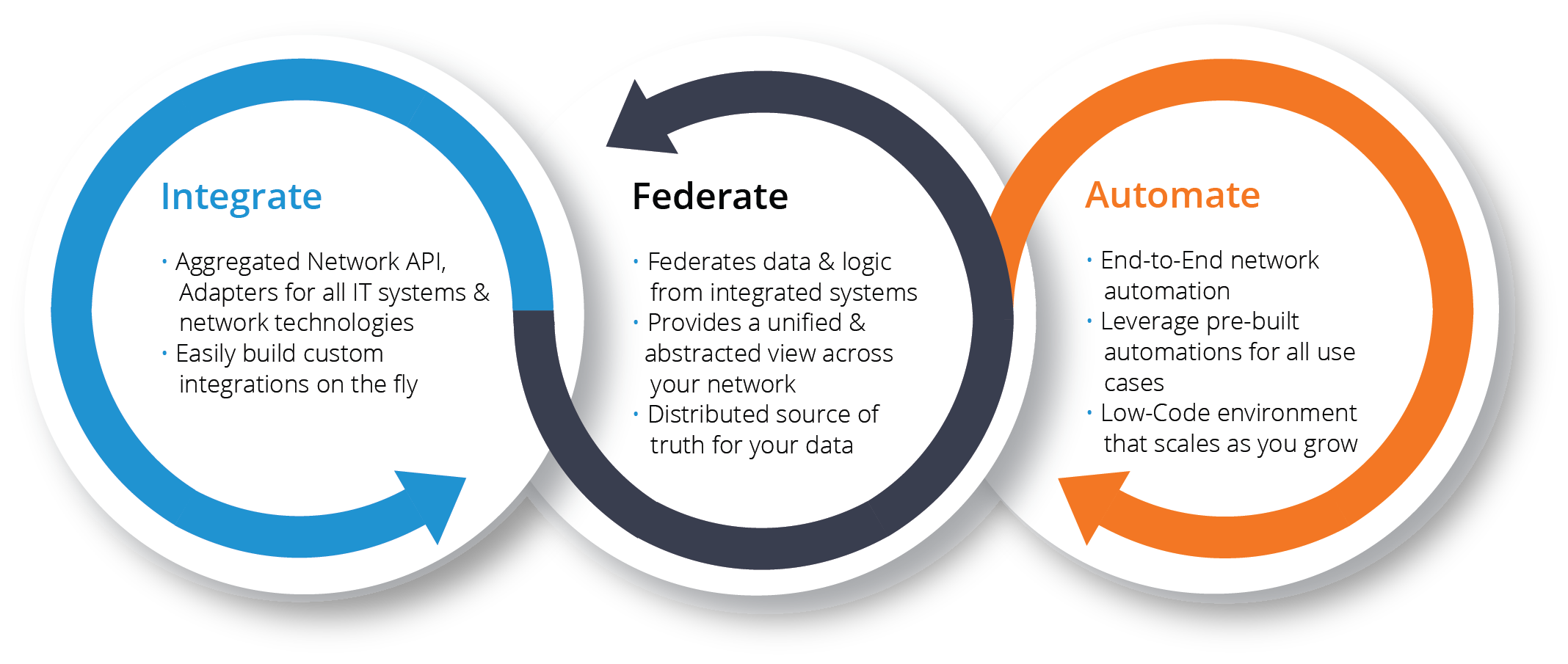
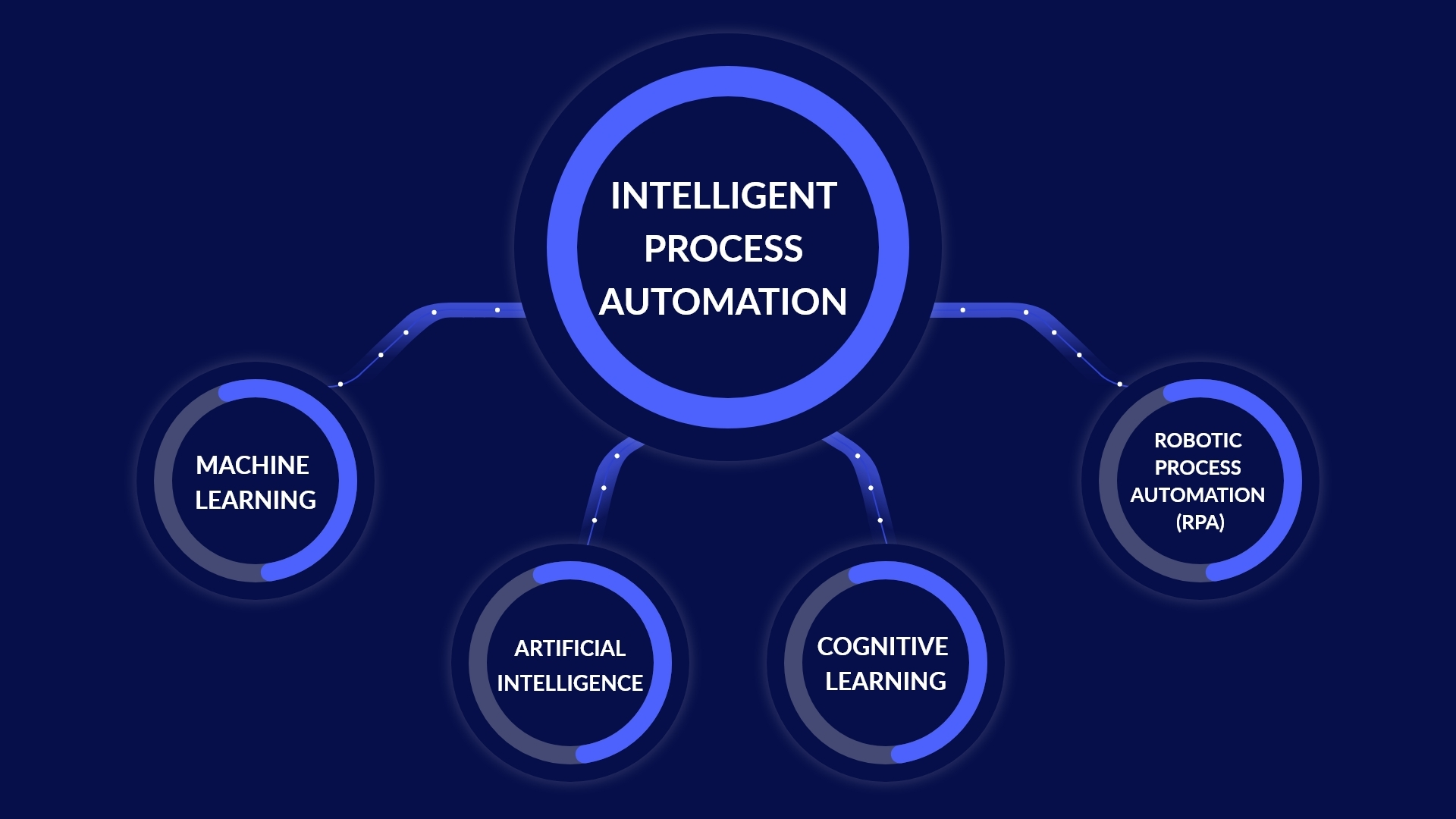
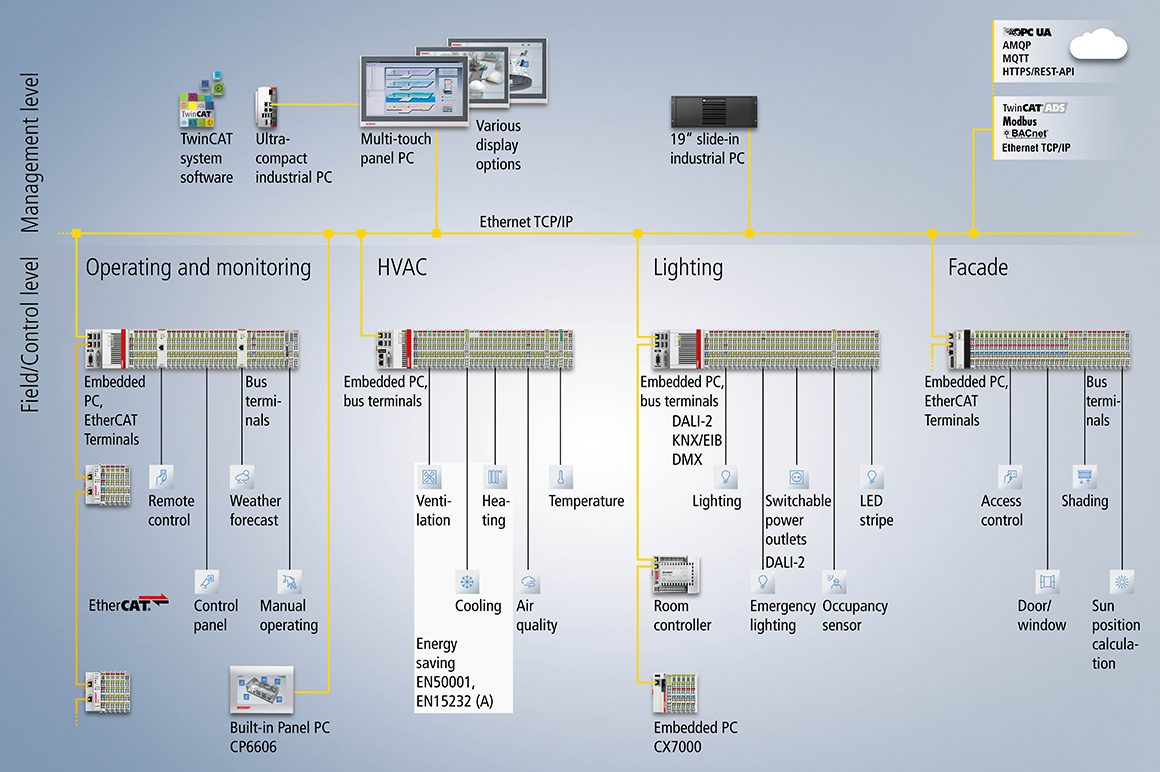





![Which Component Streamlines The Development Of Network Automation Applications Industrial Automation System [3]. | Download Scientific Diagram](https://www.researchgate.net/publication/312562190/figure/fig1/AS:850805875802112@1579859336372/Industrial-Automation-System-3.png)
